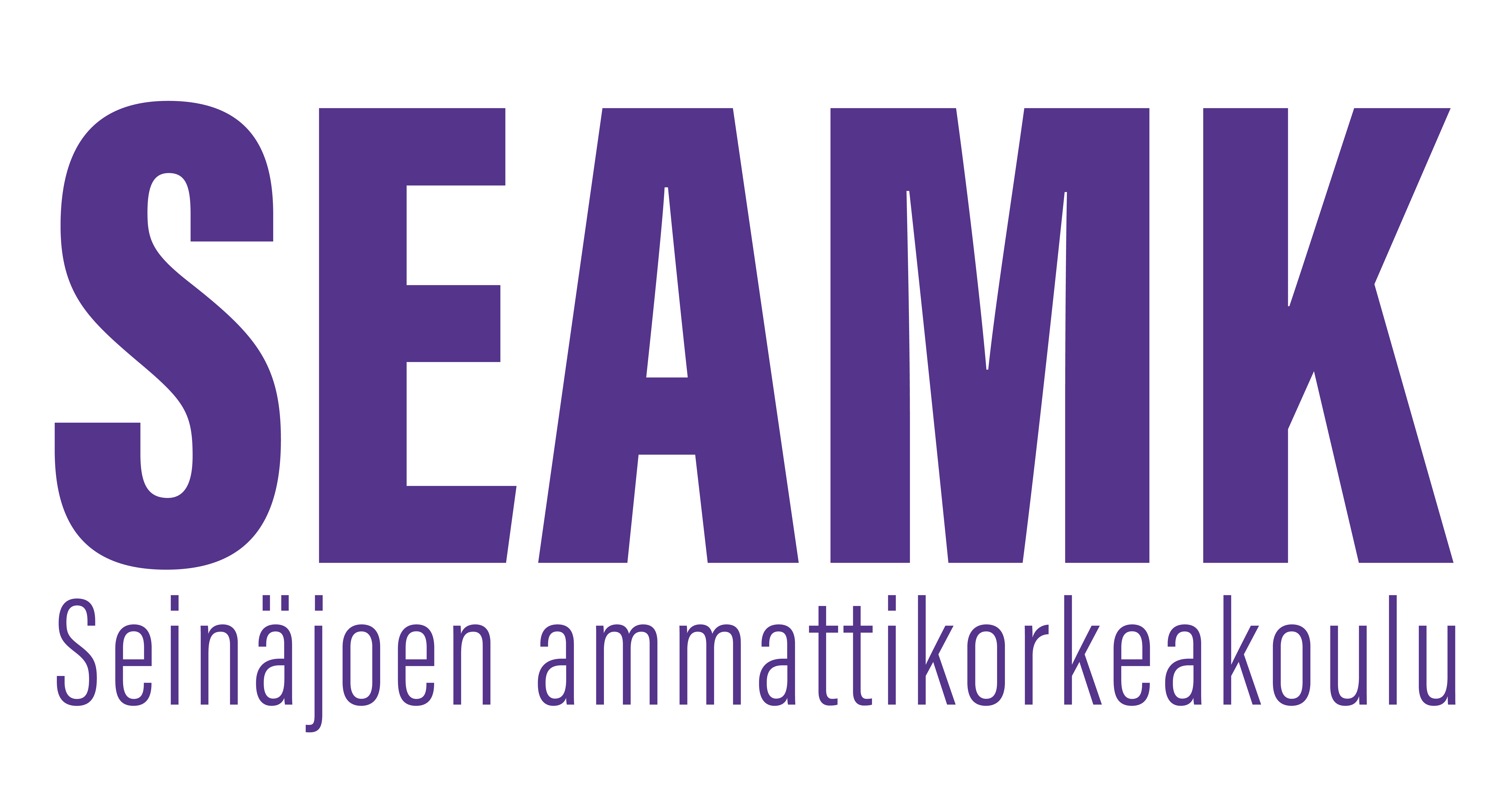Anatomia ja fysiologia (3op)
Opintojakson tunnus: SH00DN10
Opintojakson perustiedot
- Laajuus
- 3 op
- Opetuskieli
- suomi
Osaamistavoitteet
Anatomia ja fysiologia
Opiskelija osaa
- määritellä ja käyttää anatomiaan ja fysiologiaan liittyviä termejä ja käsitteitä
- nimetä elimistön rakenteita suomeksi ja latinaksi
- selittää elinten ja elinjärjestelmien rakenteen ja toiminnan sekä niiden merkityksen ihmiskehon toiminnalle
- selittää elimistön toimintojen säätelymekanismit
Sisältö
Solu ja kudokset: solujen perusrakenne ja toiminta, kudostyypit ja niiden ominaisuudet
Hermosto: hermokudoksen pääpiirteet, hermoston osat ja niiden rakenne, hermostollinen säätely
Umpieritysjärjestelmä: rakenne ja toiminta, keskeisimmät hormonit ja niiden toiminta, hormonaalinen säätely, yhteys hermostolliseen säätelyyn
Immuunijärjestelmä: perusteet immuunijärjestelmän tehtävistä, rakenteesta ja toiminnasta
Tuki- ja liikuntaelimistö: luu- ja lihaskudoksen pääpiirteet, elimistön suuret luut, erilaiset niveltyypit ja niiden toiminta, kehon pinnalliset lihakset, tuki- ja liikuntaelimistön tehtävät
Verenkiertoelimistö ja veri: verenkiertoelimistön rakenteet ja toiminta, verenkiertoelimistön tehtävät, verenpaine, perusteet verenkiertoelimistön toiminnan säätelystä, verisolut ja veren koostumus, veren hyytymisprosessi, sikiön ja vastasyntyneen verenkierto, imusuoniston yhteys verenkiertoon, verenkierron osallistuminen lämmönsäätelyyn
Hengityselimistö: hengityselimistön rakenne ja toiminta, yhteys verenkiertoelimistöön, hapen ja hiilidioksidin kulkeutuminen hengityselimistössä, perusteet hengityksen säätelystä ja hengitystilavuuksista
Ruoansulatuselimistö ja energia-aineenvaihdunta: ruoansulatuselimistön rakenteet ja toiminta, ravintoaineet ja niiden pilkkoutuminen, energia-aineenvaihdunta ja perusteet sen säätelystä
Virtsaneritys ja nestetasapaino: munuaisten ja virtsateiden rakenne ja toiminta, nestetasapainon säätely, munuaisten ja keuhkojen osallistuminen elimistön happo-emästasapainon säätelyyn
Aistit: aistinelinten perusrakenne ja toiminta, aistiärsykkeen välittyminen ja tulkinta
Lisääntyminen: naisen ja miehen sukuelinten rakenne ja toiminta, munasolujen ja siittiöiden tuotanto, kuukautiskierto, perusteet hedelmöityksestä, raskauden etenemisestä ja synnytyksestä
Esitietovaatimukset
Ei tarvita edeltäviä opintoja.
Arviointikriteerit, tyydyttävä (1)
1-2
Opiskelija
-osaa tarkoituksenmukaisesti käyttää keskeisintä anatomian ja fysiologian termistöä
-osaa pääosin nimetä elimistön rakenteet, elimet ja elinjärjestelmät sekä selittää niiden toiminnan perusteet
-osaa kertoa perusteet elinjärjestelmien toiminnan merkityksestä ihmiskehon toiminnalle
-osaa kuvata elimistön säätelymekanismeja yleisellä tasolla
Arviointikriteerit, hyvä (3)
3-4
Opiskelija
-osaa tarkoituksenmukaisesti käyttää anatomian ja fysiologian termistöä
-osaa nimetä elimistön rakenteet, elimet ja elinjärjestelmät sekä selittää niiden toiminnan
-osaa kertoa elinjärjestelmien toiminnan merkityksen ihmiskehon toiminnalle
-osaa kuvata elimistön säätelymekanismeja monipuolisesti
Arviointikriteerit, kiitettävä (5)
5
Opiskelija
-osaa tarkoituksenmukaisesti ja monipuolisesti käyttää anatomian ja fysiologian termistöä.
-osaa nimetä elimistön rakenteet, elimet ja elinjärjestelmät yksityiskohtaisesti sekä selittää niiden toiminnan kattavasti.
-osaa perusteellisesti kertoa elinjärjestelmien toiminnan merkityksen ihmiskehon toiminnalle ja osaa yhdistää elinjärjestelmien yhteistoiminnan kokonaisuudeksi.
-osaa kuvata elimistön säätelymekanismeja yksityiskohtaisesti ja osaa kertoa säätelymekanismien yhteistyöstä.
